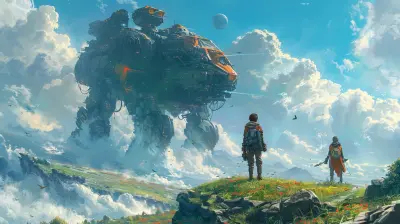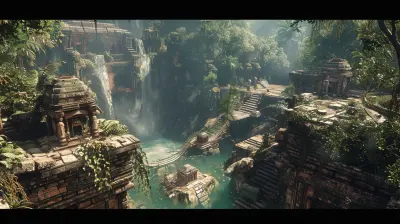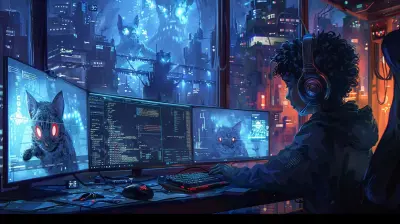How Backward Compatibility is Shaping the Future of Consoles
30 October 2025
Backward compatibility. Sounds nerdy, right? But it’s actually one of the most exciting and game-changing (pun 100% intended) aspects of modern gaming. Whether you're a hardcore gamer or just someone who wants to dust off old favorites, backward compatibility is reshaping how we view consoles, and more importantly, how we use them.
Let’s dive into the pixelated past to understand how backward compatibility is becoming the secret weapon in the console wars and why it's not just about playing old games—it's about the future.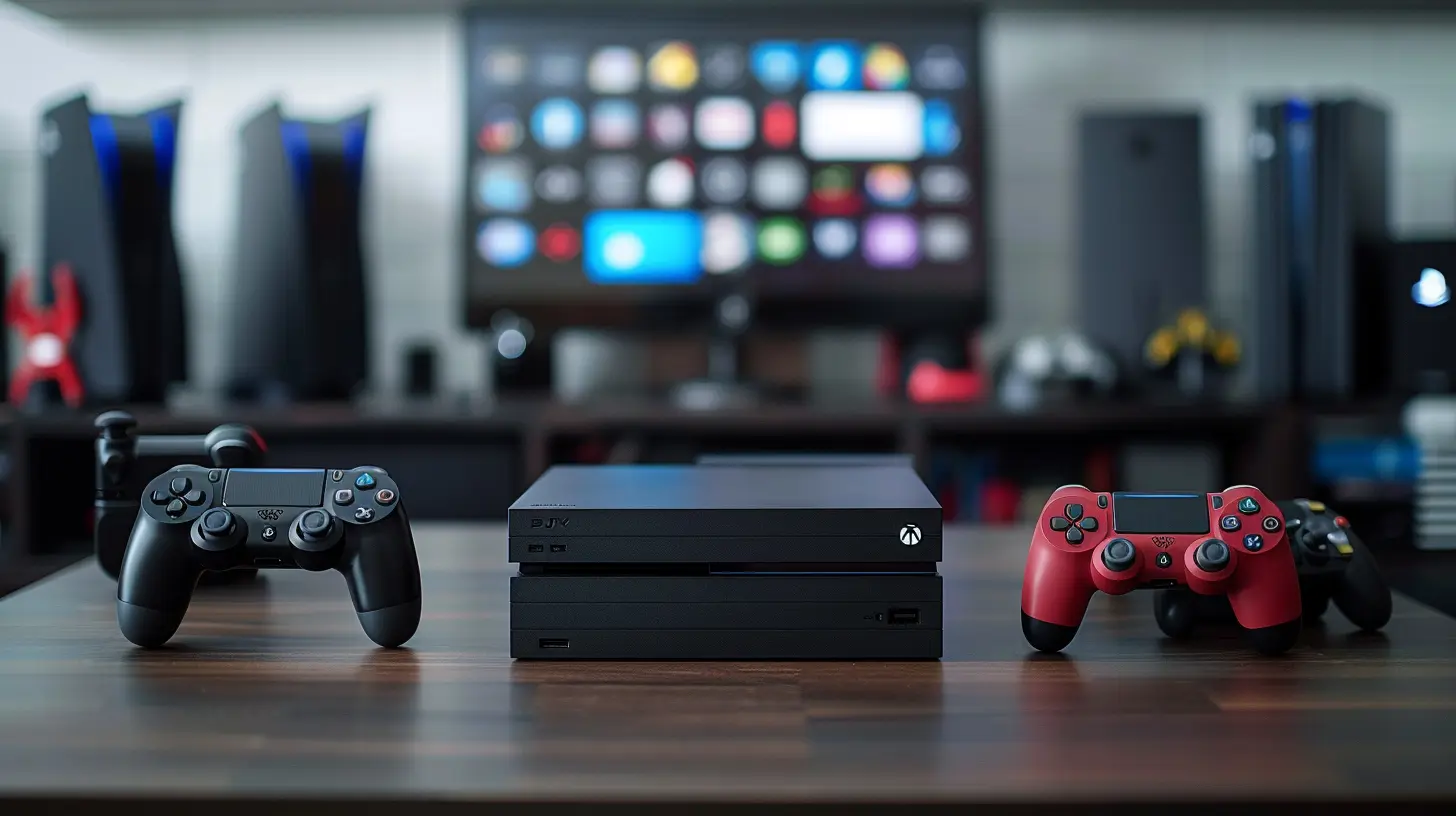
What is Backward Compatibility Anyway?
Alright, before we go full throttle into the gaming future, let’s set the stage. Backward compatibility simply means that a newer gaming console can run games from previous generations. Think of it as your shiny new PS5 throwing on snazzy old PS4 jeans and still looking cool.It’s like being able to plug a USB-C cable into an old USB 2.0 port— not perfect, not always smooth, but insanely useful and convenient.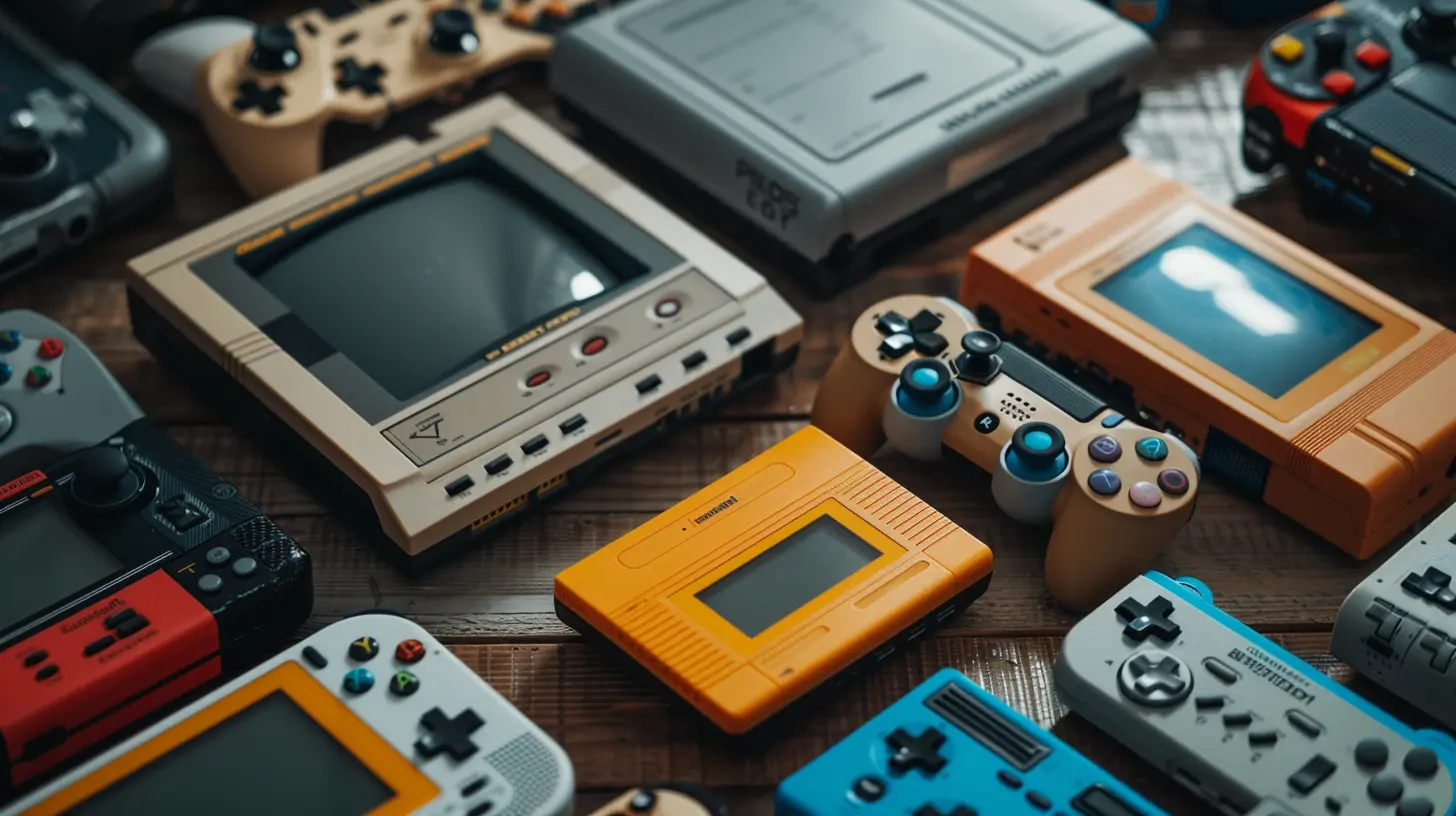
Why Gamers are Falling in Love with It
Let’s be real here—gamers are nostalgic creatures. Whether it’s the buttery smooth gameplay of Halo 3 or the pixel-perfect jumps in Super Mario 64, there's something magical about older games.Backward compatibility doesn’t just allow us to revisit these gems; it keeps them alive. We don’t have to hoard older consoles or scour eBay for that one working model. We get to experience our gaming history without losing storage space or sanity.
And let’s not forget one HUGE benefit—you save money. Who wants to buy a whole new version of a game they already own just to play it on a new console? Not me, not you, not anyone.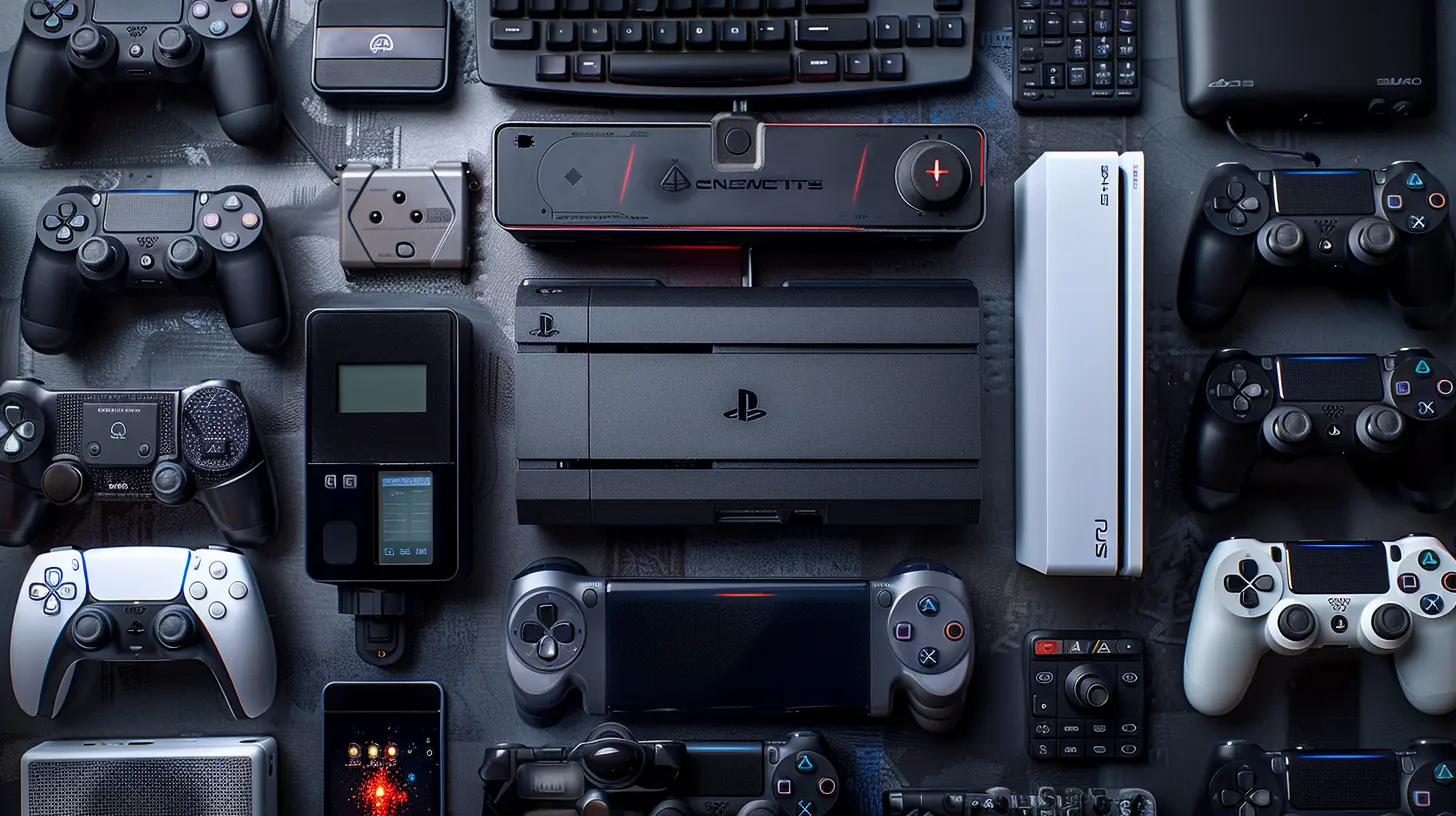
How Sony, Microsoft, and Nintendo Handle It (Hint: Differently)
Not all backward compatibility is created equal. The Big Three—Sony, Microsoft, and Nintendo—have taken very different roads here.📦 Microsoft: King of Compatibility
Let’s give credit where it’s seriously due—Microsoft nailed it. Xbox Series X|S supports thousands of Xbox One games, and many Xbox 360 and even OG Xbox games. Some even get performance boosts. It’s like time-traveling with a jetpack.Their smart delivery system is a chef’s kiss. Buy a game once, and you can play it across generations—no questions asked.
🌀 Sony: Moving Forward (Sorta)
Sony has been a bit slow on the uptake. PS5 runs most PS4 games, which is great! But go further back to PS3 or PS2? That's a whole different story. Some older titles are accessible via PlayStation Plus or remasters, but it's not the seamless experience Xbox offers.🍄 Nintendo: A Classic Case of Nintendo Doing Nintendo Things
Nintendo’s backward compatibility history is a mixed bag. The Wii could play GameCube games. The Wii U? Still ran Wii games fine. But once we hit the Nintendo Switch—poof—no backward compatibility. Instead, they're dripping classic games into their online subscription service like it’s a leaky faucet.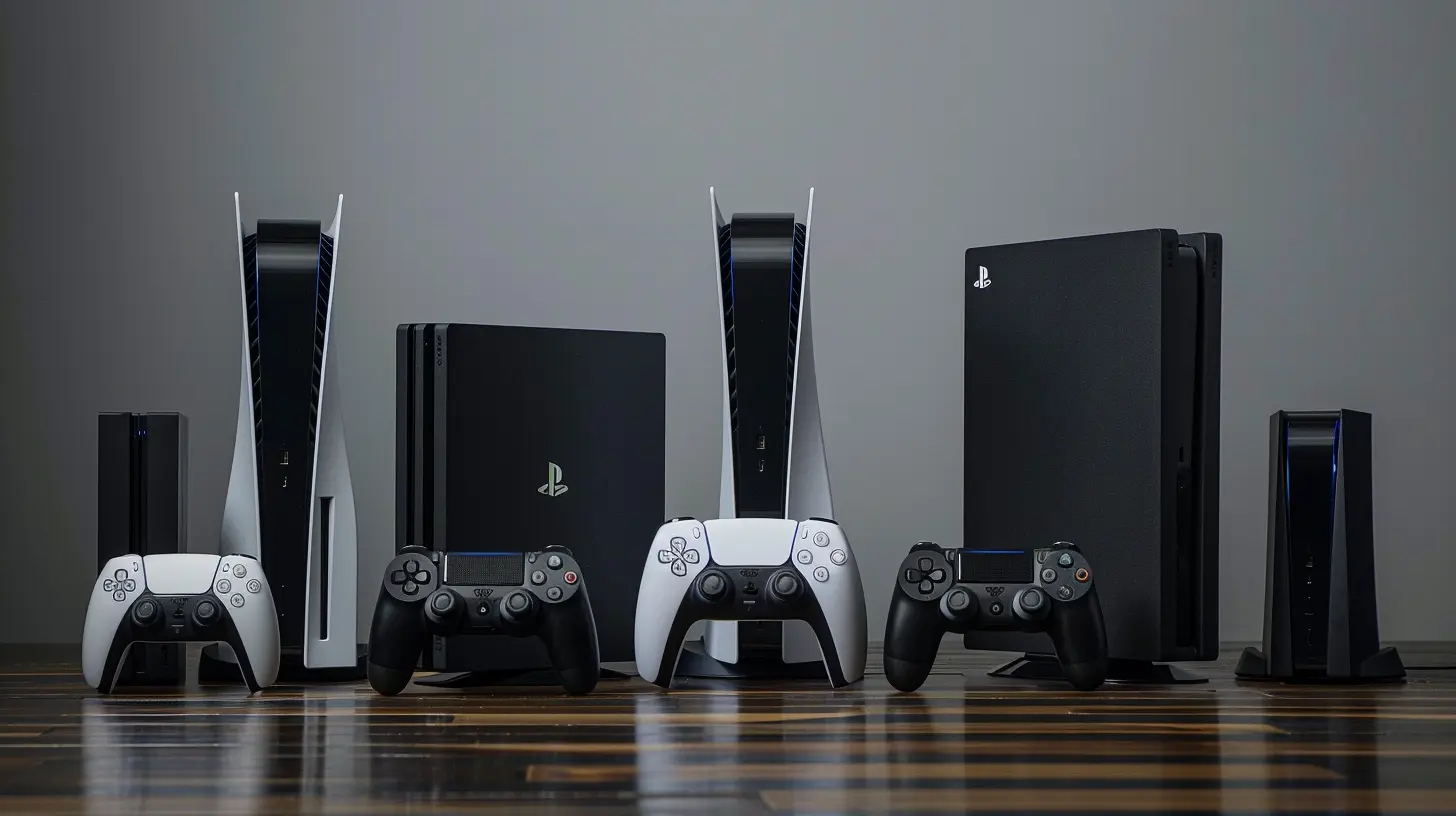
Why Backward Compatibility Is More Than Just Playing “Old” Games
Think backward compatibility is just a love letter to the past? Think again.🔁 Gaming Libraries Become Timeless
When consoles support legacy titles, your game library becomes permanent. You’re not just spending $60 on a game you’ll play for a year. You're investing in a lifetime of access.🛠️ Game Preservation
Let’s be honest—digital rot is real. Games vanish from servers. Cartridges wear out. Consoles die. Backward compatibility is our best shot at preserving the art and innovation of games over the decades. Without it, we risk losing entire eras of gaming history.⚡ Performance Gets a Boost
A fun twist—playing older games on newer hardware often makes them run better. Higher frame rates, sharper visuals, faster loading times—it’s like giving your old favorites a fresh coat of paint and a turbo engine.How It’s Shaping the Future – For Real
Okay, now let’s talk future. Spoiler: backward compatibility is not going anywhere. In fact, it’s becoming a must-have.🧠 Consumer Expectations Are Changing
Gamers today expect more. We’re smarter with our money, and we don’t want to be shackled to single-generation systems anymore. Backward compatibility is becoming a standard, not a bonus.Would you buy a smartphone that couldn’t open your older photos or messages? Probably not. Same deal with consoles.
🎮 Developers Love It Too
Developers can bring their beloved classics to new players without remaking the whole game from scratch. And new games can be built with forward and backward compatibility in mind, making development cycles more flexible and future-proof.🌍 Global Gaming Ecosystems
Backward compatibility encourages ecosystem loyalty. You’re more likely to stick with Xbox if your digital library from 10 years ago still works. It creates a sense of continuity—like your gaming journey is one long, epic saga rather than fragmented chapters.Game Streaming and Cloud Gaming: A New Twist
Here’s where things really get spicy. With services like Xbox Cloud Gaming and PlayStation Plus Premium, backward compatibility is blending with cloud gaming to create something wild.Imagine this: playing Fallout 3 on your phone, or Mass Effect 2 on a smart TV—no console required. Just a controller, some Wi-Fi, and boom, you’re in.
This wouldn’t be possible without backward compatibility as the backbone. The future is clearly about access—not just ownership.
Challenges and Limitations (Yep, It’s Not All Sunshine)
Let’s not kid ourselves—there are still hurdles.🔐 Licensing Hell
A lot of older games are tangled in licensing issues—music rights, expired deals, you name it. So even if the console can run the game, it might never legally make it back.🧩 Technical Hiccups
Older games weren’t made for modern hardware. Emulating them correctly takes resources and time—not every game plays perfectly without bugs, lag, or odd glitches.💸 Monetization Risks
Companies risk losing money on remasters or re-releases if people can just play the originals. Which is why some studios are hesitant to embrace full backward compatibility.The Community Angle: Fans Are Driving the Movement
Gamers have been loud and clear—we want compatibility, and we want it now. Online forums, petitions, YouTube videos, Twitter rants—you name it, fans have used it to demand backward compatibility.And game companies are listening. Why? Because there’s nothing stronger than a united fanbase with Wi-Fi and a chip on its shoulder.
What the Next 5 Years Could Look Like
Looking into the future, the direction is clear:- Digital libraries will become standard – Your purchases will follow you from console to console.
- Hardware generations may become less important – It’ll be more about services and ecosystems.
- Cloud gaming will rely heavily on compatibility – Making all previous titles streamable is the endgame.
- Hybrid consoles are coming – Devices that blur the line between past and future, portable and powerful.
It’s like the Netflix of games is on the horizon—and backward compatibility is holding the remote.
Final Thoughts: Why You Should Care (Even If You Think You Don’t)
Still not convinced backward compatibility matters?Think about your favorite game of all time. Now imagine waking up one day and not being able to play it—because your current console won't support it. Ouch, right?
Backward compatibility isn’t just about nostalgia. It’s about freedom. It’s about respecting the time, money, and memories we’ve all poured into gaming over the years. And more than that—it’s about making sure the future of gaming doesn’t forget its past.
So next time you boot up your current-gen console and dive into a decade-old game, just know—you’re living in the future, powered by the past.
And it's only going to get better from here.
all images in this post were generated using AI tools
Category:
Gaming ConsolesAuthor:

Lana Johnson
Discussion
rate this article
1 comments
Briar McNaughton
Backward compatibility is revolutionizing the gaming landscape by fostering player loyalty and expanding libraries. This trend not only enriches user experience but also drives console sales, shaping future market dynamics.
November 7, 2025 at 3:40 AM

Lana Johnson
Thank you for your insights! I completely agree—backward compatibility is indeed a game-changer, enhancing user experience and boosting sales while shaping the future of the console market.
